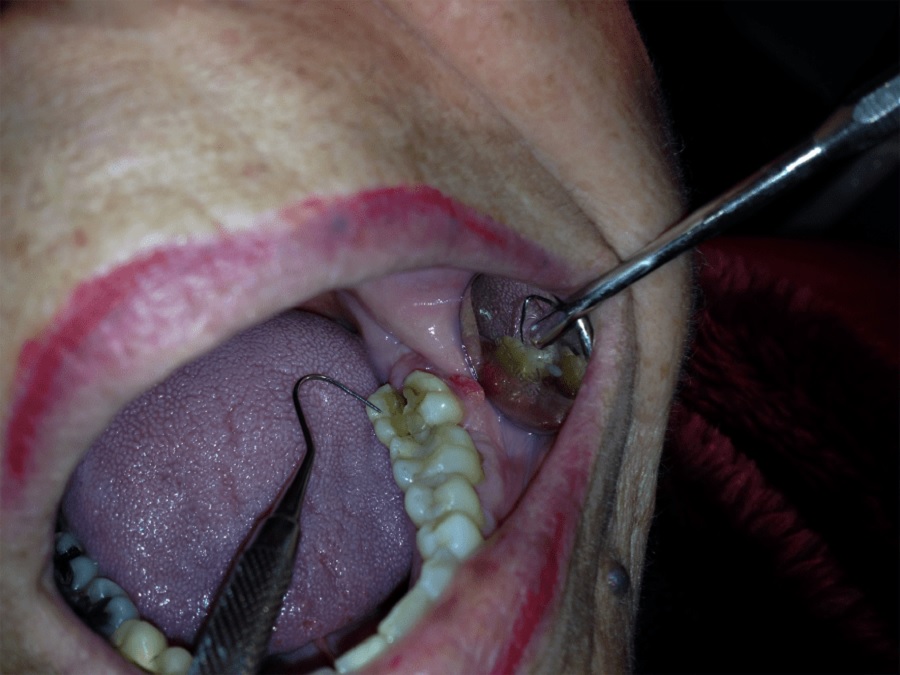The dental pulp is the soft, innermost layer of the tooth, comprising connective tissue, nerves, and blood vessels. It plays a crucial role in tooth development, sensitivity, and overall oral health. Any disease or damage to the dental pulp is addressed by specialists offering dental practice in Lawrenceville, GA.
To know more details about dental pulp and its importance, read this comprehensive article curated by dental specialists.
An introduction to the dental pulp
The dental pulp is the soft, innermost layer of the tooth, comprising connective tissue, nerves, and blood vessels. Located within the pulp chamber and root canal system, it plays a vital role in tooth development, sensitivity, and nutrition.
It consists of:
- Connective tissue: Fibroblasts, collagen, and extracellular matrix.
- Nerves: Sensory nerves transmit pain, temperature, and pressure signals.
- Blood vessels: Arterioles, capillaries, and venules supply oxygen and nutrients.
Functions of the dental pulp
The functions of the dental pulp include:
- Tooth development: Pulp cells produce dentin, forming the tooth structure.
- Sensitivity: Nerves transmit sensations, aiding in biting and chewing.
- Nutrition: Blood vessels supply essential nutrients and oxygen.
- Defense: Pulp immune cells protect against bacteria and inflammation.
- Repair: Pulp cells can repair damaged dentin and promote secondary dentin formation.
- Regeneration: Pulp stem cells can differentiate into various cell types, aiding in tissue regeneration
- Innervation: Pulp nerves transmit pain, pressure, and temperature sensations.
- Vasculature: Blood vessels supply oxygen and nutrients, removing waste products.
- Immune response: Pulp immune cells respond to infection and inflammation.
- Tooth remineralization: Pulp cells help maintain tooth mineralization and hardness.
Dental pulp diseases
Dental pulp diseases include:
- Pulpitis: Inflammation of the pulp, causing pain and sensitivity.
- Pulpal necrosis: Death of pulp tissue due to infection, trauma, or ischemia.
- Abscesses: Pus-filled pockets formed by bacterial infection.
- Dental caries: Tooth decay reaching the pulp, causing infection.
- Traumatic pulpitis: Inflammation due to physical trauma.
- Reversible pulpitis: Mild inflammation, often caused by decay or trauma.
- Irreversible pulpitis: Severe inflammation, requiring pulp removal.
- Chronic pulpitis: Long-standing inflammation, leading to pulp damage
- Hyperplastic pulpitis: Excessive pulp tissue growth, causing pain.
- Pulp polyp: Benign growth of pulp tissue, often due to chronic inflammation.
Symptoms of pulp disease
Symptoms of pulp disease may include:
- Toothache or pain, ranging from mild to severe
- Sensitivity to:
- Hot or cold temperatures
- Sweet or sour tastes
- Pressure or biting
- Discomfort or pain when:
- Eating or drinking
- Biting or chewing
- Touching the tooth
- Prolonged sensitivity after:
- Hot or cold stimuli
- Dental procedures
- Spontaneous pain, without apparent cause
- Pain radiating to:
- Ear
- Temple
- Neck
- Jaw
- Swelling or tenderness in:
- Gums
- Face
- Lymph nodes
- Pus or discharge around the tooth
- Bad taste or breath
- Fever or general feeling of illness
- Tooth discoloration or darkening
- Increased mobility or looseness of the tooth
Treatment for pulp disease
Common treatments include:
- Pulpectomy: Removal of infected or damaged pulp tissue.
- Root canal therapy: Cleaning, shaping, and filling the root canal system.
- Pulp capping: Covering exposed pulp with a protective material.
- Pulpotomy: Removing infected pulp tissue while preserving healthy pulp.
- Direct pulp capping: Applying a medicament directly to the exposed pulp.
- Indirect pulp capping: Applying a protective material over a thin layer of dentin.
- Pulp regeneration: Using stem cells or bioactive materials to regenerate pulp tissue.
- Extraction: Removing the tooth if pulp disease is severe or treatment is not feasible.
- Antibiotics or antimicrobial therapy: Managing bacterial infections.
- Pain management: Using analgesics or other medications to control pain.
- Restorative dentistry: Repairing or replacing the tooth with a filling, crown, or other restoration.
The dental pulp is a vital component of the tooth, essential for development, sensitivity, and nutrition. Understanding its anatomy, functions, and diseases is crucial for effective diagnosis and treatment. Preservation of the dental pulp is key to maintaining oral health and quality of life.


